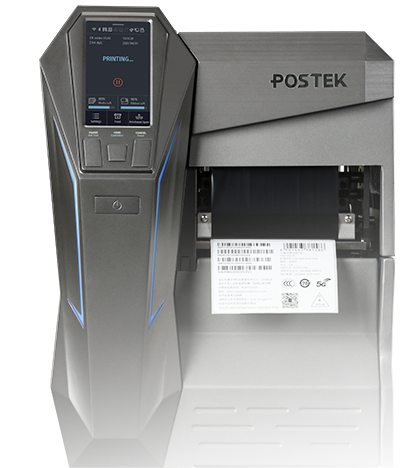
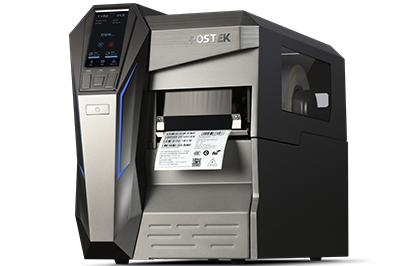
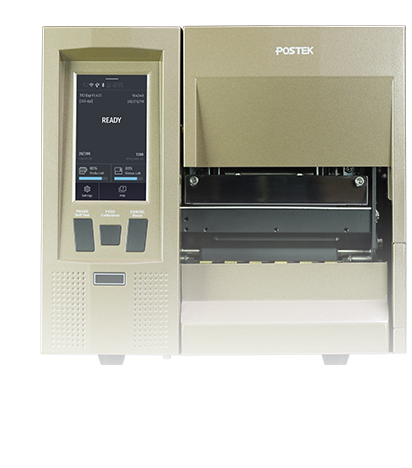
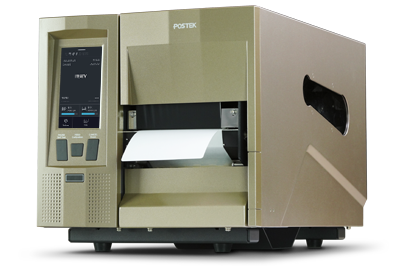
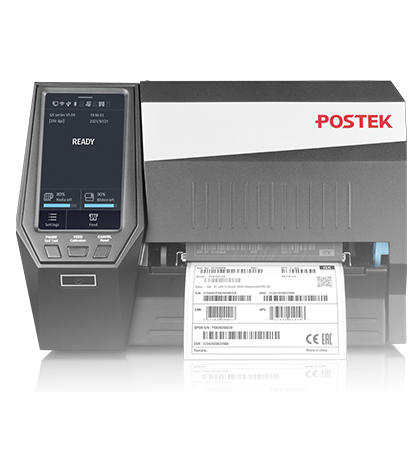
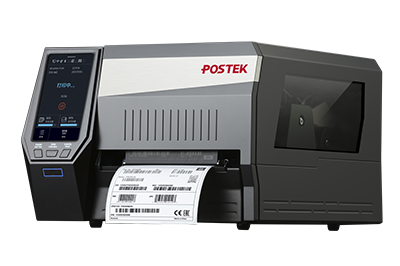
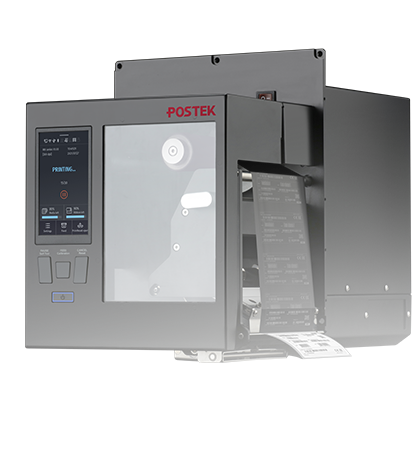
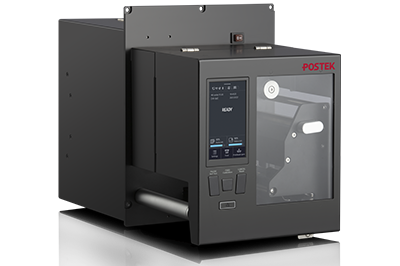
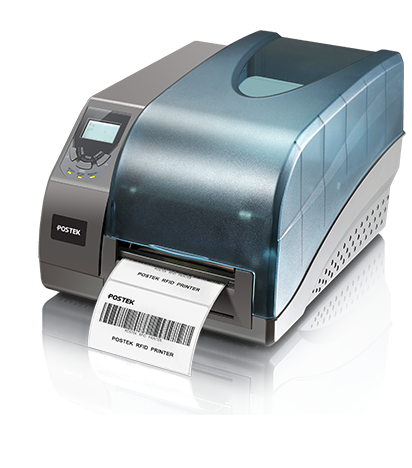
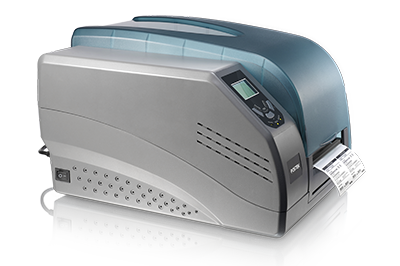
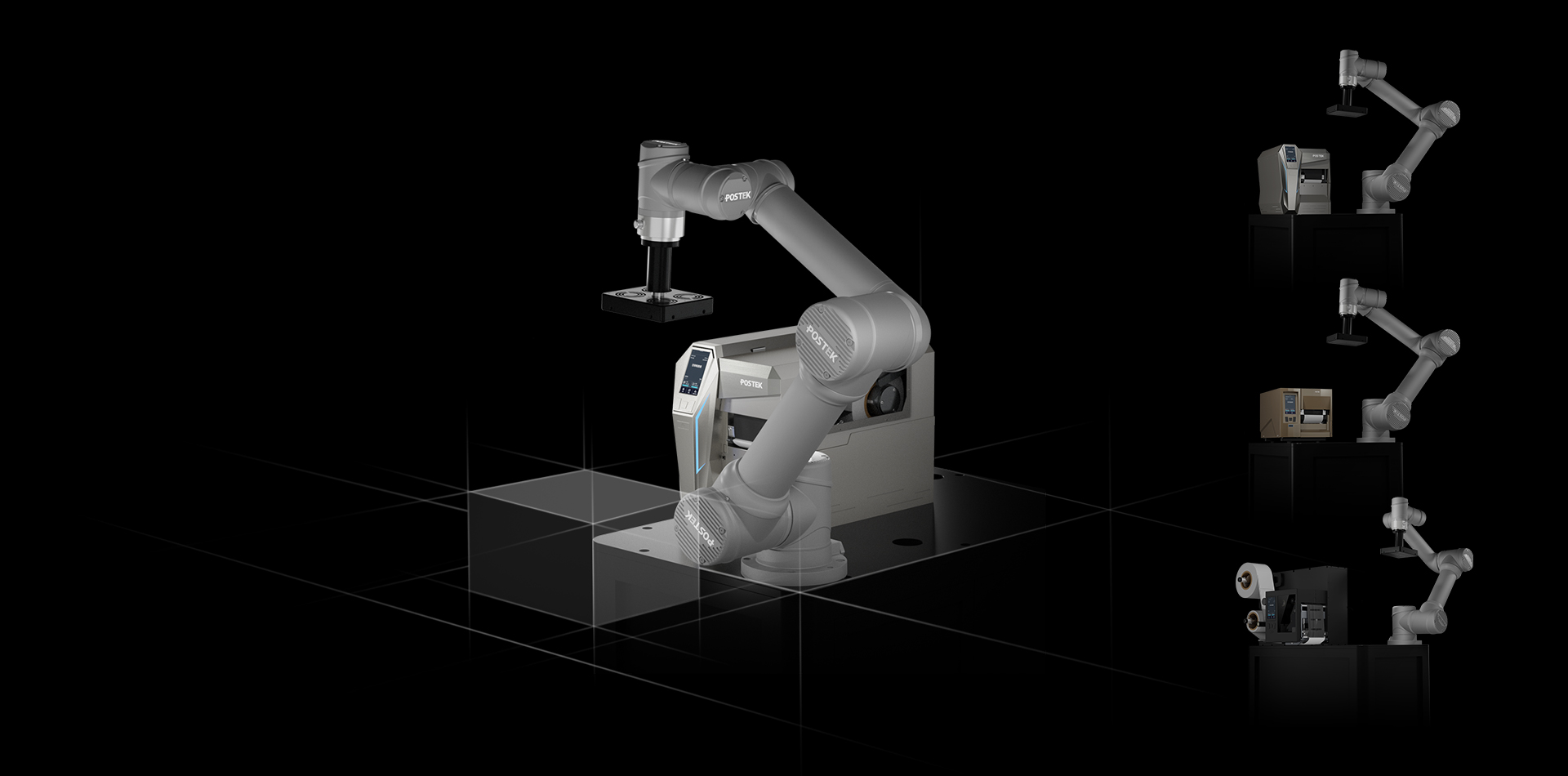
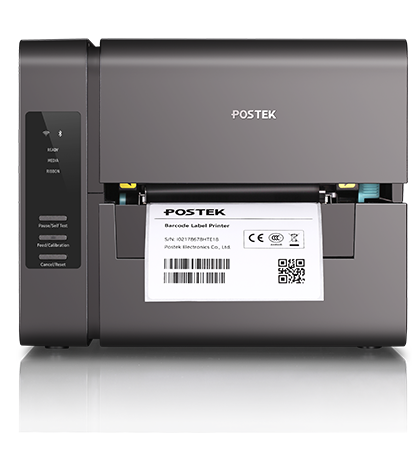
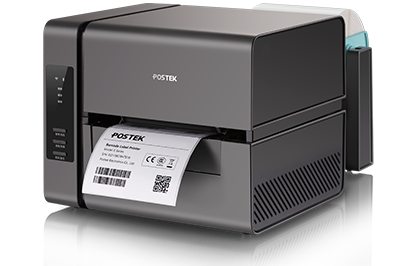
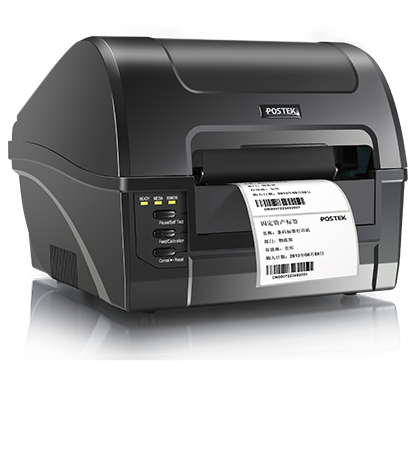
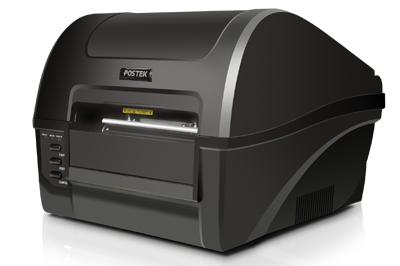
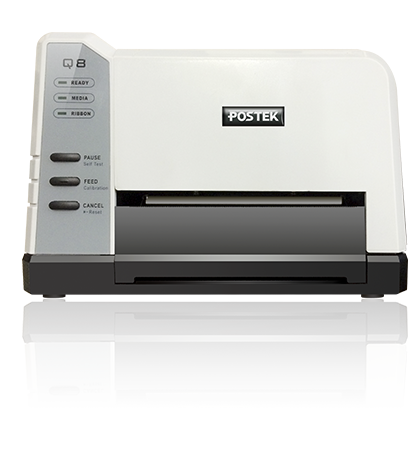
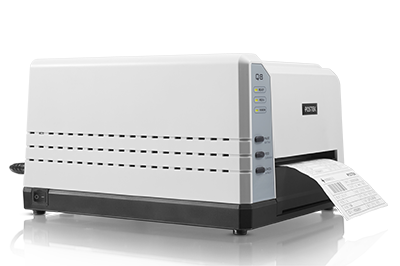
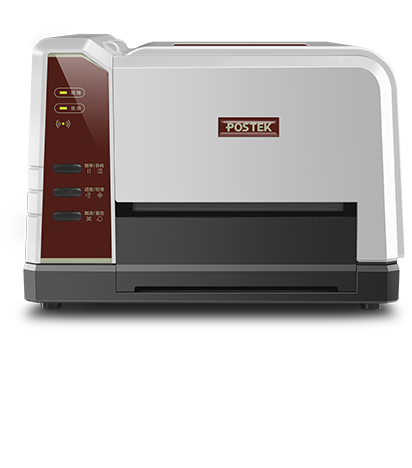
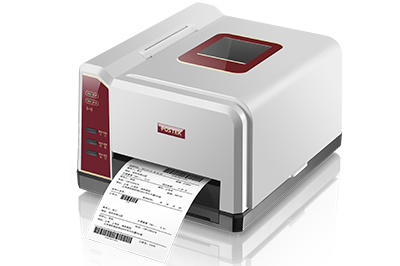





















After another week full of the webinar (both in China and overseas), the POSTEK team can put a quick pin in it for now and return to the normal upload schedule. In this week's roundup, we will first cover some info about the webinars then we will wrap up with the basics regarding direct thermal v.s. thermal transfer printing.
Now that all three webinars are wrapped up, a recorded playback of the webinars is out for those who couldn't attend. View the videos using the link below!
Unfortunately, they wouldn't be as engaging as the real thing, but fear not, we do have plans to host similar events again in the future. Stay tuned for more info.
With that being said, webinars are not the only thing we worked on this week. With a brand-new episode of Minute with POSTEK, we covered the basics regarding direct thermal and thermal transfer printing. Use this link to check out the full video!
However, for those who prefer good old fashion text over video, let’s quickly go over the difference between direct thermal and thermal transfer here. Direct thermal is generally cheaper and easier to use as it doesn't require the use of ribbon. This makes it a good choice for more portable applications or situations where the printout quality is not a major concern. Shipping labels can be a good example. The information upon the label is generally bigger, lowering the requirement for precision. Blurry edges or areas with unclear printouts are also more tolerable. The lower standards of these applications makes the cheaper, easier direct thermal labels a better choice than thermal transfer. The labels can be printed and used without ever needing to worry about ribbon as a consumable. However, thermal transfer certainly has its appeal.
While it is true thermal transfer can be slightly more expensive than direct thermal (Not by much as the media for direct thermal is more expensive than the media for thermal transfer), thermal transfer can offer significantly more than direct thermal. Direct thermal works by heating the ink that is on the media directly for the change in coloration. However, the temperature required to achieve that alteration is only around 60-70 degrees. Storing the direct thermal labels in a poorly ventilated room on a hot and humid day could turn the label all black. This leads to the potential for entire rolls of direct thermal labels being rendered unusable or loss of important information. Even when stored in the best conditions, direct thermal labels don’t tend to last more than 2-3 months. The relatively short lifespan of direct thermal labels excludes them completely from being considered for long-term storage applications such as fixed asset management. Luckily, thermal transfer can fill that gap with ease. With the right combination of ribbon, media, and printer, labels printed with thermal transfer can easily last 20-30 years. A rather significant difference indeed. The differentiation doesn't stop there. With a wide variety of ribbons to select from, thermal transfer labels can be printed with specific perks that best fit the application. The printout can be scratch-resistant, ultra-high-definition, immune to corrosive chemicals, tolerate high heat or high humidity, the list goes on and on. With that being said, the fact that both methods still exist means that one is not better than the other in every way. There will always be situations where one method is better than the other. Direct thermal prides itself on its overall simplicity and thermal transfer offers flexibility where direct thermal can't. How to decide between the two methods would be up to the application, and up to you.
Now that we are wrapped up with Webinars, we shall return to a normal upload schedule, and we have got a lot of exciting news to share. Brand new video for the E series coming soon! Be sure to stay tuned for the mopst updated POSTEK news.